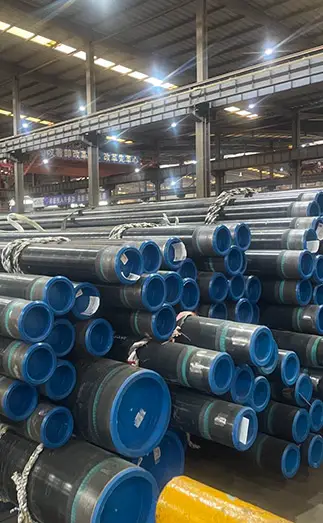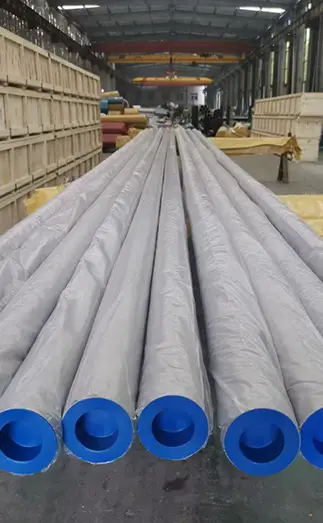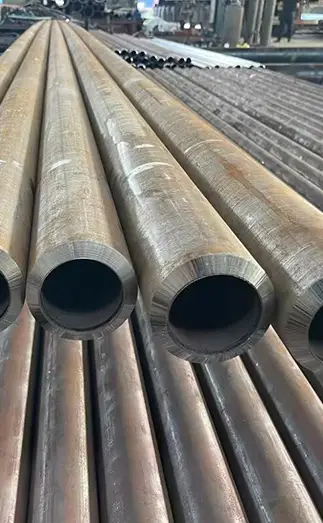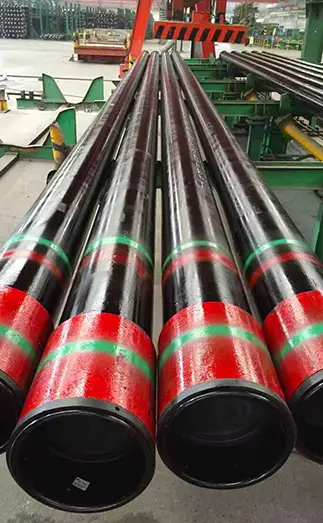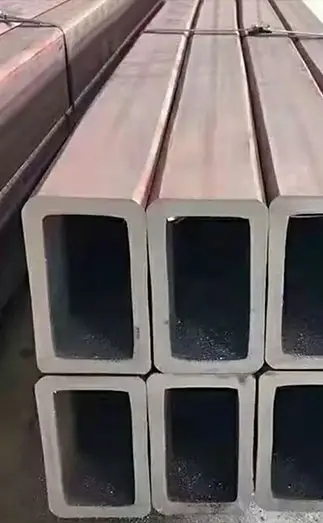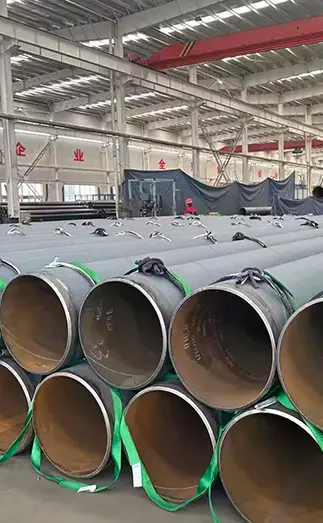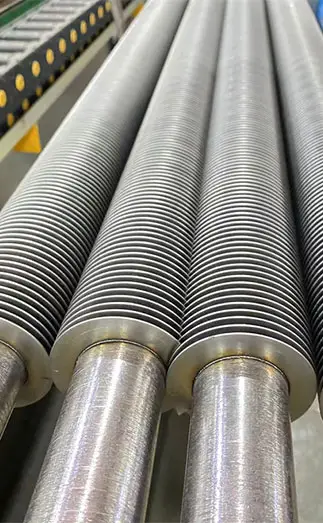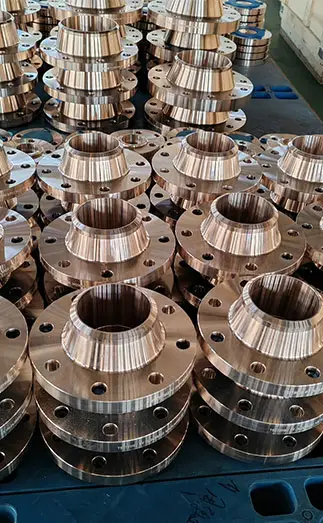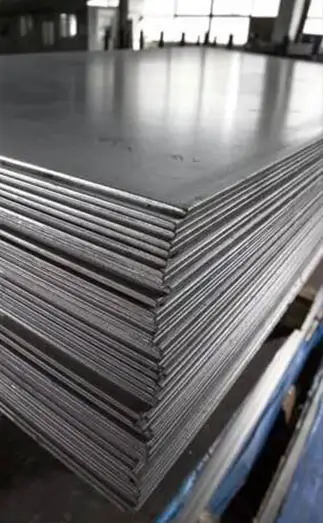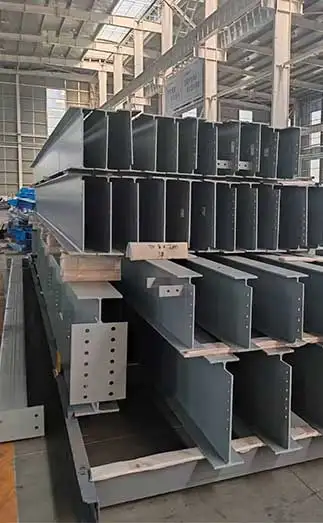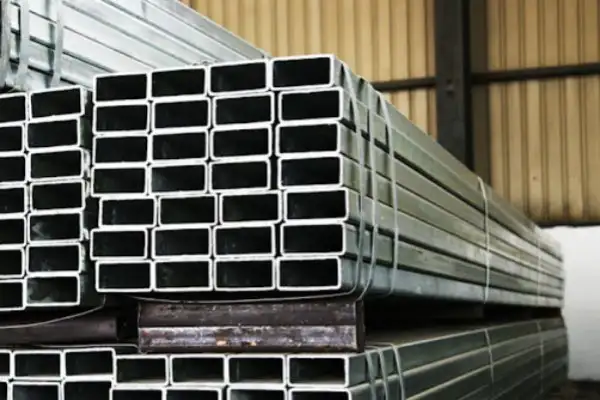Both ASTM A53 and ASTM A106 are common specifications for seamless steel pipes, but they differ in terms of material composition, application, and performance characteristics. Below is a detailed comparison to help understand the key differences between these two standards.
1. Material Composition:
ASTM A53:
This specification covers carbon steel pipes suitable for welding, threading, and flanging. The material composition for ASTM A53 steel pipes typically includes a range of carbon content between 0.25% and 0.60%, and it is often used in construction, water supply, and industrial applications. The composition is designed to provide good ductility and weldability, but it is not as strong as A106 for high-temperature applications.
ASTM A106:
A106 pipes are made of carbon steel that is designed specifically for high-temperature service, making them ideal for use in industries like power plants, refineries, and chemical plants. The material composition of ASTM A106 is typically composed of carbon content between 0.30% and 0.60%, similar to A53, but it also focuses on high-temperature strength and excellent resistance to thermal expansion.
2. Grades and Pressure Ratings:
ASTM A53:
This standard covers three grades: Grade A, Grade B, and Grade C.
Grade A: Generally used for low-pressure systems.
Grade B: The most common grade, used in medium- and high-pressure systems.
Grade C: Has the highest tensile strength and is used for systems where strength is a critical requirement.
ASTM A106:
This standard covers only Grade B (for most applications) and Grade C (for high-strength applications). Grade A is not typically included in ASTM A106, as it is designed for more demanding applications such as high-temperature pressure systems.
3. Temperature Resistance:
ASTM A53:
ASTM A53 is designed for general-purpose applications, typically under ambient to moderate temperatures. It is commonly used in water, gas, and steam systems.
Temperature Range: It is typically rated for use up to 400°F (204°C) for its Grade B pipes.
ASTM A106:
ASTM A106 is specifically formulated for high-temperature applications. It is ideal for transporting steam, hot water, and other fluids under high pressure and high temperature. It is generally used for applications that require temperature resistance up to 750°F (399°C).
4. Applications:
ASTM A53:
It is primarily used in structural, mechanical, and pressure systems like water pipelines, air, gas, steam, and other general applications.
Common applications include water, natural gas, and steam pipelines, as well as in structural applications.
ASTM A106:
Primarily used for transporting high-temperature steam and other fluids in power plants, refineries, and chemical processing plants.
It is particularly suited for high-pressure and high-temperature environments such as boiler systems, heat exchangers, and power plant piping.
5. Wall Thickness and Diameter:
ASTM A53:
The thickness of ASTM A53 pipes is generally available in schedules ranging from Schedule 10 to Schedule 160, depending on the pipe size and application. It can also be used for thinner-walled pipes in non-pressure applications.
ASTM A106:
ASTM A106 pipes are commonly produced in thicker wall schedules (from Schedule 40 to Schedule 160) to withstand the higher pressures and temperatures they are designed for. This makes A106 pipes stronger and more suitable for high-pressure applications.
6. Surface Finish:
ASTM A53:
ASTM A53 pipes are typically produced with a smooth or threaded surface for ease of installation and use in various applications. They are commonly galvanized or black (uncoated) depending on environmental conditions.
ASTM A106:
A106 pipes are typically produced with a smooth finish and are often used in more demanding environments. They are also commonly delivered in a black (uncoated) finish, although they may be coated for protection against corrosion in certain environments.
7. Weldability:
ASTM A53:
Known for its excellent weldability, ASTM A53 is designed for ease of welding, making it suitable for joining with other pipes or fittings in a variety of systems.
ASTM A106:
Although A106 pipes are also weldable, they are generally used for higher-pressure and temperature applications where the focus is on strength rather than ease of welding.
8. Cost:
ASTM A53:
Due to its general-purpose use, ASTM A53 pipes are generally more cost-effective than ASTM A106 pipes, making them a preferred choice for non-critical applications.
ASTM A106:
A106 pipes tend to be more expensive because they are designed for high-pressure and high-temperature applications, often requiring higher material standards and processing.
Conclusion:
ASTM A53 is ideal for general-purpose, low to medium-pressure applications, where cost-effectiveness and ease of installation are prioritized.
ASTM A106 is the better choice for high-pressure and high-temperature systems, such as power plants and industrial boilers, where the focus is on strength and durability under extreme conditions.
When choosing between ASTM A53 and ASTM A106, it’s important to consider the specific requirements of your project, including temperature, pressure, and cost constraints, to ensure the most appropriate pipe is selected.



 English
English Español
Español Français
Français بالعربية
بالعربية
